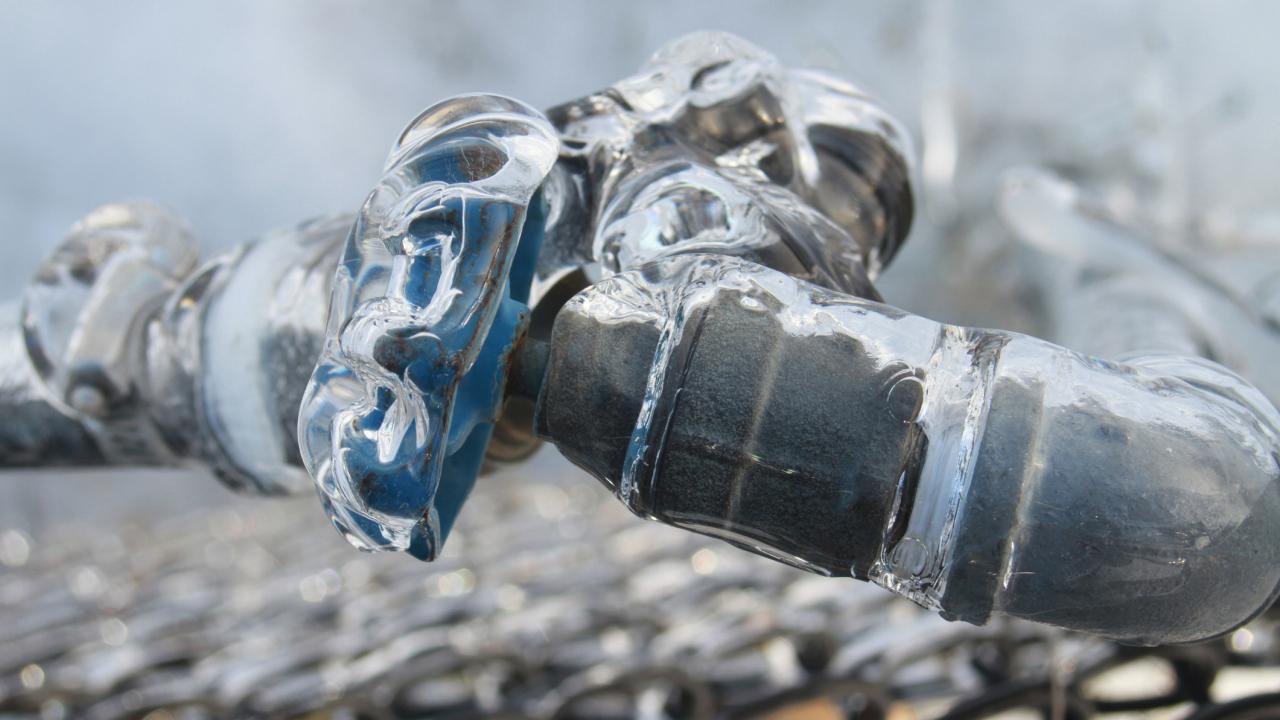Crucial Advice to Prevent Frozen Plumbing in Winter: Specialist Guidance
Crucial Advice to Prevent Frozen Plumbing in Winter: Specialist Guidance
Blog Article
This post in the next paragraphs relating to 6 Ways to Prevent Frozen Pipes is exceptionally remarkable. Don't miss out on it.

Cold weather can wreak havoc on your plumbing, specifically by freezing pipelines. Below's how to prevent it from occurring and what to do if it does.
Introduction
As temperatures decline, the threat of icy pipelines rises, possibly bring about pricey fixings and water damages. Recognizing exactly how to avoid frozen pipes is crucial for homeowners in cool environments.
Prevention Tips
Insulating vulnerable pipelines
Wrap pipes in insulation sleeves or make use of warm tape to protect them from freezing temperature levels. Concentrate on pipelines in unheated or exterior areas of the home.
Home heating methods
Keep indoor spaces appropriately warmed, specifically areas with plumbing. Open cupboard doors to allow cozy air to flow around pipes under sinks.
How to recognize frozen pipes
Seek lowered water circulation from taps, unusual odors or sounds from pipelines, and visible frost on exposed pipes.
Long-Term Solutions
Architectural modifications
Take into consideration rerouting pipes far from outside wall surfaces or unheated areas. Add added insulation to attics, basements, and crawl spaces.
Upgrading insulation
Purchase high-quality insulation for pipes, attics, and walls. Proper insulation helps maintain consistent temperatures and decreases the risk of frozen pipelines.
Protecting Exterior Pipes
Yard hose pipes and outside faucets
Separate and drain pipes garden hose pipes before winter months. Mount frost-proof spigots or cover outdoor taps with shielded caps.
Comprehending Frozen Pipelines
What triggers pipes to ice up?
Pipes freeze when revealed to temperature levels below 32 ° F (0 ° C) for extended durations. As water inside the pipes ices up, it broadens, taxing the pipe walls and possibly triggering them to burst.
Dangers and problems
Icy pipelines can result in water supply interruptions, residential property damages, and expensive repairs. Burst pipelines can flood homes and trigger comprehensive structural damage.
Signs of Frozen Water Lines
Recognizing frozen pipelines early can avoid them from bursting.
What to Do If Your Pipes Freeze
Immediate activities to take
If you suspect icy pipes, maintain taps available to soothe pressure as the ice melts. Utilize a hairdryer or towels taken in warm water to thaw pipelines gradually.
Verdict
Stopping frozen pipes requires proactive measures and quick responses. By understanding the reasons, indications, and preventive measures, property owners can shield their pipes throughout winter.
5 Ways to Prevent Frozen Pipes
Drain Outdoor Faucets and Disconnect Hoses
First, close the shut-off valve that controls the flow of water in the pipe to your outdoor faucet. Then, head outside to disconnect and drain your hose and open the outdoor faucet to allow the water to completely drain out of the line. Turn off the faucet when done. Finally, head back to the shut-off valve and drain the remaining water inside the pipe into a bucket or container. Additionally, if you have a home irrigation system, you should consider hiring an expert to clear the system of water each year.
Insulate Pipes
One of the best and most cost-effective methods for preventing frozen water pipes is to wrap your pipes with insulation. This is especially important for areas in your home that aren’t exposed to heat, such as an attic. We suggest using foam sleeves, which can typically be found at your local hardware store.
Keep Heat Running at 65
Your pipes are located inside your walls, and the temperature there is much colder than the rest of the house. To prevent your pipes from freezing, The Insurance Information Institute suggests that you keep your home heated to at least 65 degrees, even when traveling. You may want to invest in smart devices that can keep an eye on the temperature in your home while you’re away.
Leave Water Dripping
Moving water — even a small trickle — can prevent ice from forming inside your pipes. When freezing temps are imminent, start a drip of water from all faucets that serve exposed pipes. Leaving a few faucets running will also help relieve pressure inside the pipes and help prevent a rupture if the water inside freezes.
Open Cupboard Doors
Warm your kitchen and bathroom pipes by opening cupboards and vanities. You should also leave your interior doors ajar to help warm air circulate evenly throughout your home.

I was shown that editorial on How To Avoid Freezing Pipes through a pal on a different website. Are you aware of anybody else who is serious about the subject? Please feel free to promote it. We love your readership.
Book Today! Report this page